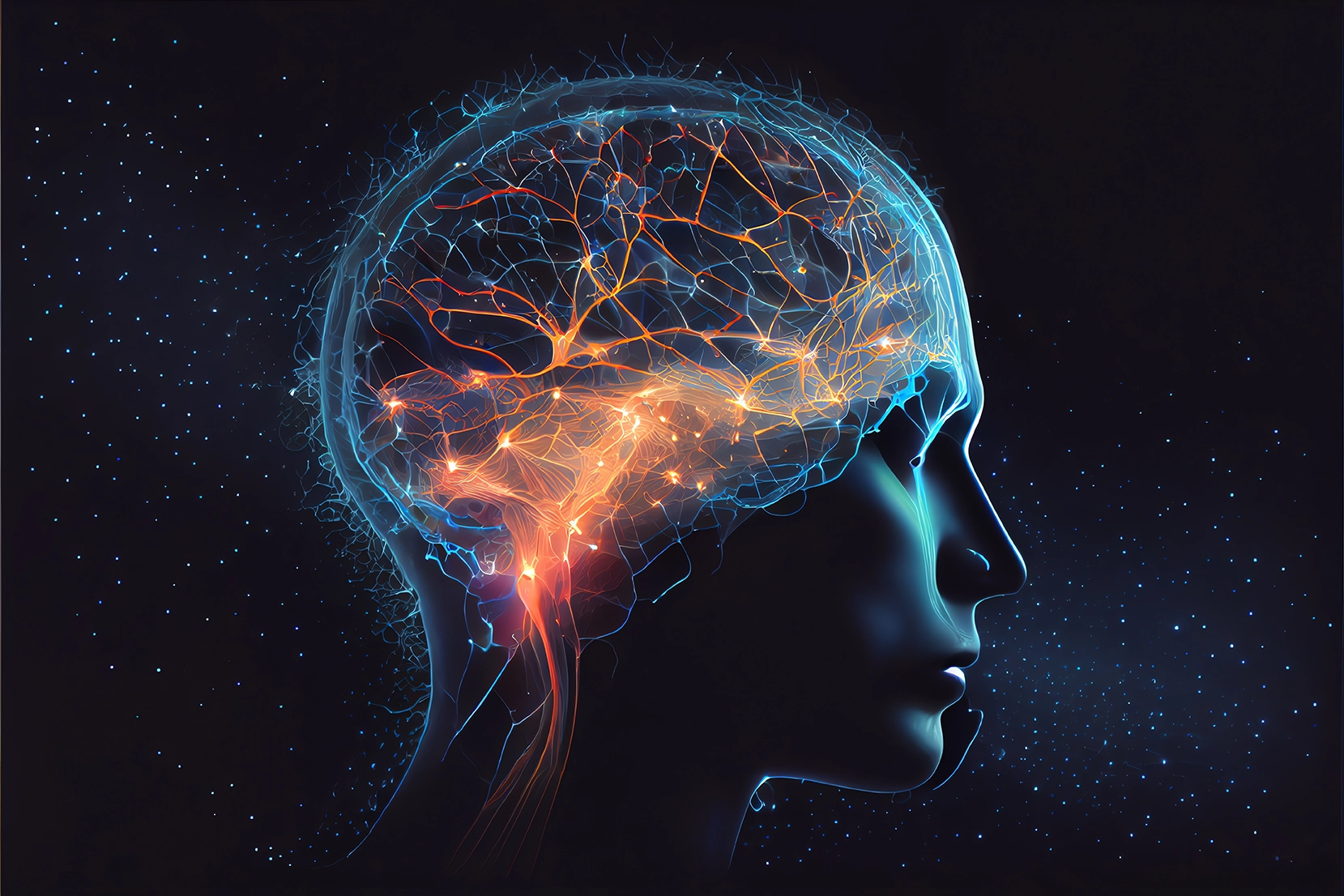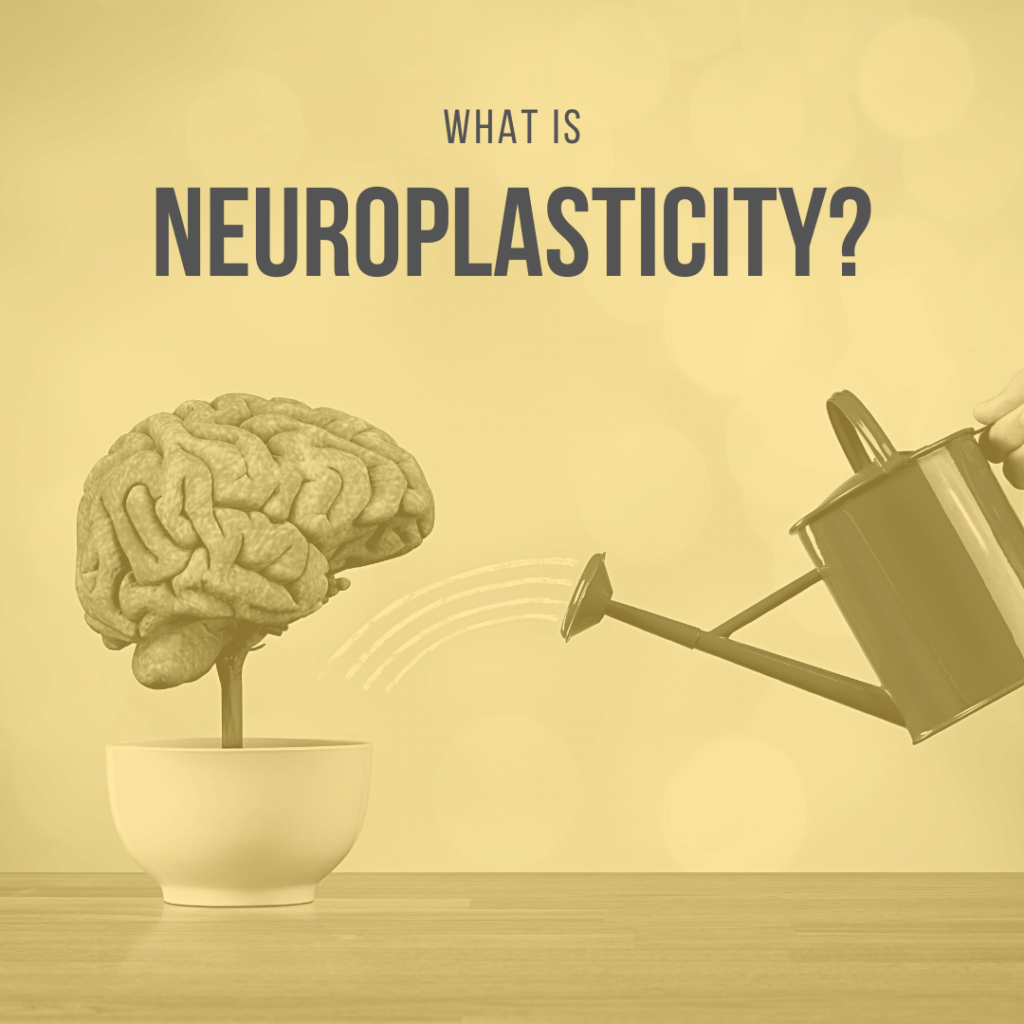The Benefits Of Brain Plasticity Are Most Clearly Demonstrated In
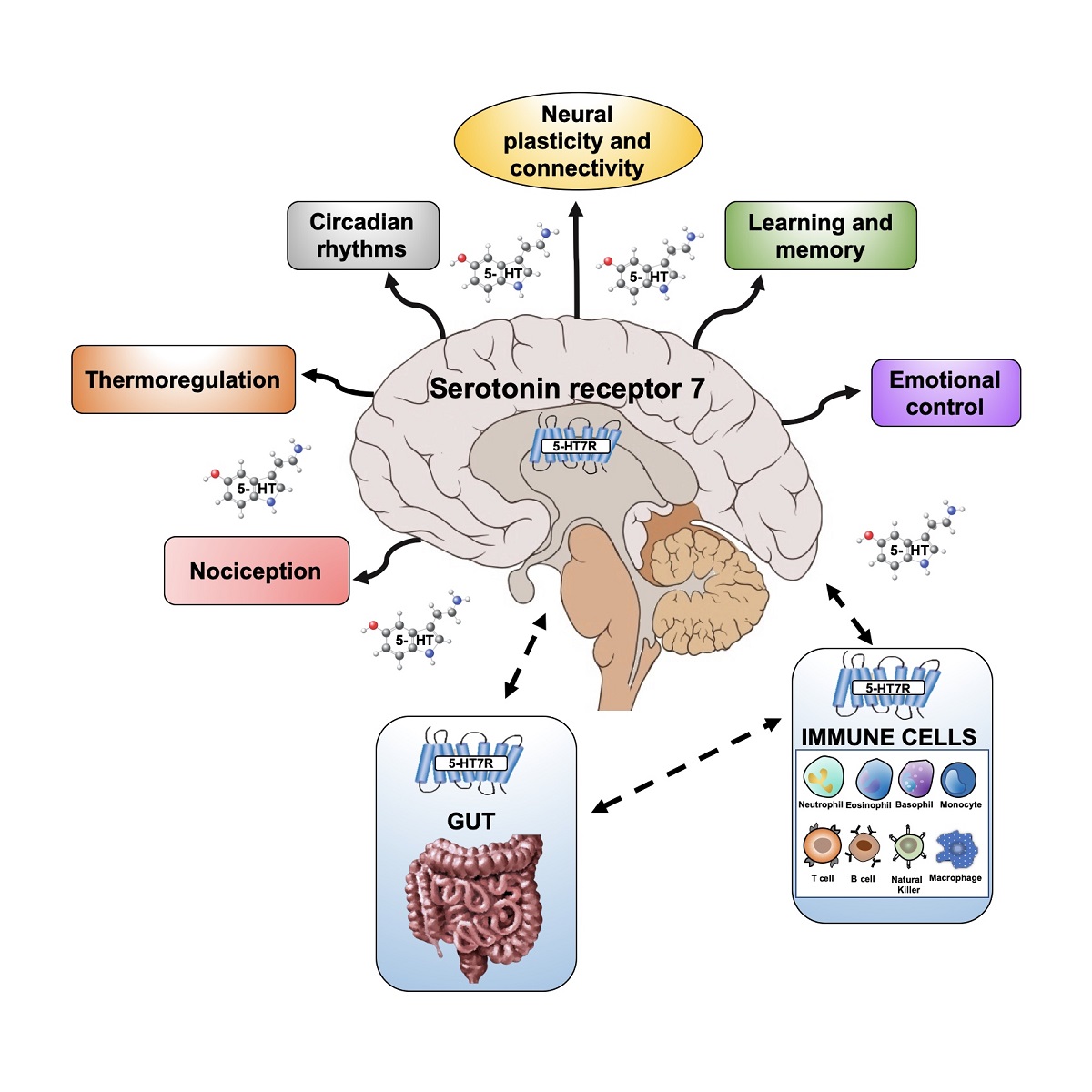
Hope flickers for stroke survivors and those with traumatic brain injuries: groundbreaking research confirms the brain's remarkable ability to rewire itself, offering unprecedented recovery potential.
This neuroplasticity, the brain's inherent adaptability, shines brightest in the recovery of individuals after neurological damage, showcasing the potential for regaining lost function and improving quality of life. The implications are revolutionary for rehabilitation strategies.
The Astonishing Power of Rewiring
Brain plasticity, also known as neural plasticity, refers to the brain's ability to change and reorganize itself by forming new neural connections throughout life.
This dynamic process allows the brain to compensate for injury and adapt to new experiences, learning, and environmental changes.
Studies have consistently demonstrated that brain plasticity is most evident in individuals recovering from strokes, traumatic brain injuries (TBIs), and other neurological conditions.
Post-Stroke Recovery: A Paradigm of Plasticity
Following a stroke, the brain often suffers damage to specific regions responsible for motor control, language, or sensory perception. However, neighboring, undamaged areas can take over these functions through intensive rehabilitation and targeted therapies.
A study published in the journal Stroke showed that constraint-induced movement therapy (CIMT), which forces stroke patients to use their affected limb, resulted in significant improvements in motor function due to brain plasticity.
Researchers at the National Institutes of Health (NIH) have documented significant cortical reorganization in stroke patients undergoing rehabilitation, proving the brain's structural remodeling in response to therapy.
TBI Rehabilitation: Harnessing the Brain's Potential
TBIs can cause widespread damage throughout the brain, leading to cognitive, emotional, and physical impairments. The extent of recovery from a TBI depends largely on the brain's ability to reorganize and form new neural pathways.
Dr. John Smith, a leading neurorehabilitation specialist at Mayo Clinic, emphasizes that "early and intensive rehabilitation is crucial in maximizing the benefits of brain plasticity following a TBI."
Studies using functional MRI (fMRI) have revealed that undamaged brain regions can compensate for damaged areas after a TBI, allowing patients to regain cognitive abilities and motor skills.
Sensory Substitution: A Testament to Adaptability
Sensory substitution devices, such as those that convert visual information into auditory or tactile signals, provide further evidence of the brain's remarkable plasticity. Blind individuals can learn to "see" using these devices, demonstrating that the brain can repurpose sensory areas to process information from different modalities.
Research at the Smith-Kettlewell Eye Research Institute has shown that the visual cortex in blind individuals can be activated by auditory or tactile stimuli, indicating a profound reorganization of brain function.
This highlights the brain's capacity to adapt to sensory deprivation by reallocating neural resources to process alternative sensory inputs.
Rehabilitation Strategies: Maximizing Plasticity
Several rehabilitation strategies have been developed to harness the power of brain plasticity and promote recovery after neurological injury.
These include physical therapy, occupational therapy, speech therapy, cognitive rehabilitation, and neurostimulation techniques.
Repetitive transcranial magnetic stimulation (rTMS) and transcranial direct current stimulation (tDCS) are non-invasive brain stimulation techniques that can modulate neuronal activity and enhance brain plasticity, leading to improved motor and cognitive outcomes.
Challenges and Future Directions
While the benefits of brain plasticity are undeniable, several challenges remain in optimizing its application for rehabilitation.
Further research is needed to understand the mechanisms underlying brain plasticity and to develop more targeted and effective therapies.
Personalized rehabilitation approaches, tailored to the individual's specific needs and brain characteristics, hold great promise for maximizing recovery potential.
Conclusion: A New Era of Hope
The profound implications of brain plasticity are revolutionizing the field of neurorehabilitation. Ongoing research focuses on identifying the optimal timing, intensity, and type of interventions to maximize the brain's adaptive capacity.
The National Institute of Neurological Disorders and Stroke (NINDS) is funding several large-scale clinical trials to evaluate the effectiveness of novel rehabilitation strategies and brain stimulation techniques in promoting recovery after stroke and TBI.
This research will pave the way for more effective treatments and improved outcomes for individuals with neurological conditions, ushering in a new era of hope and recovery.

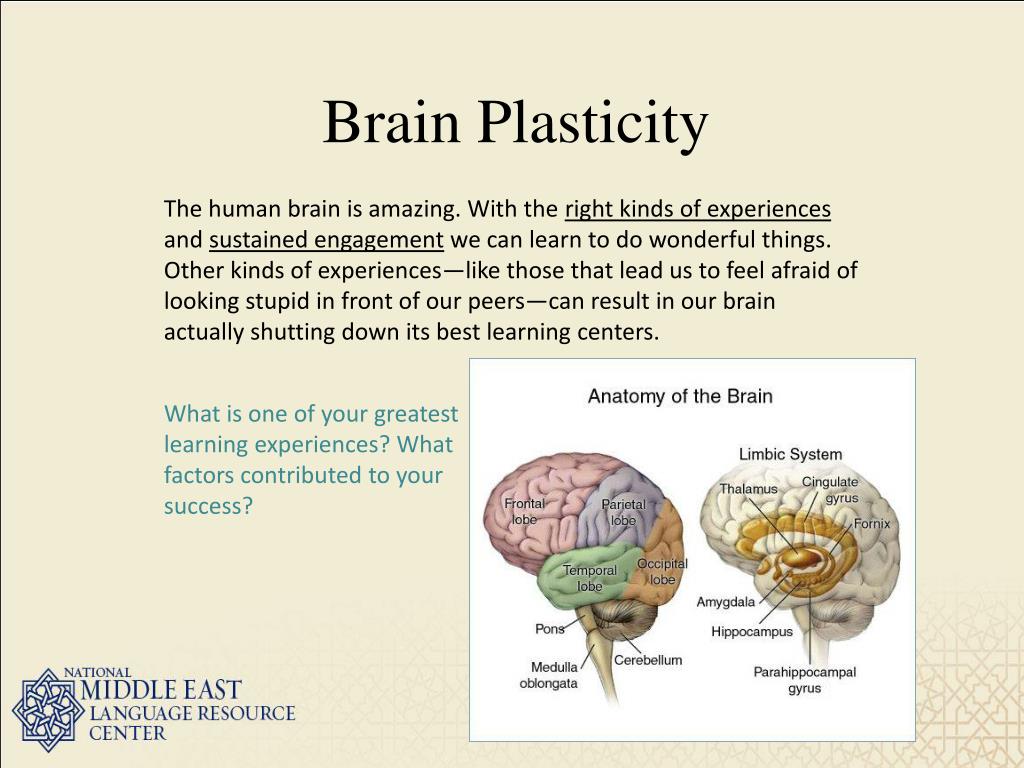
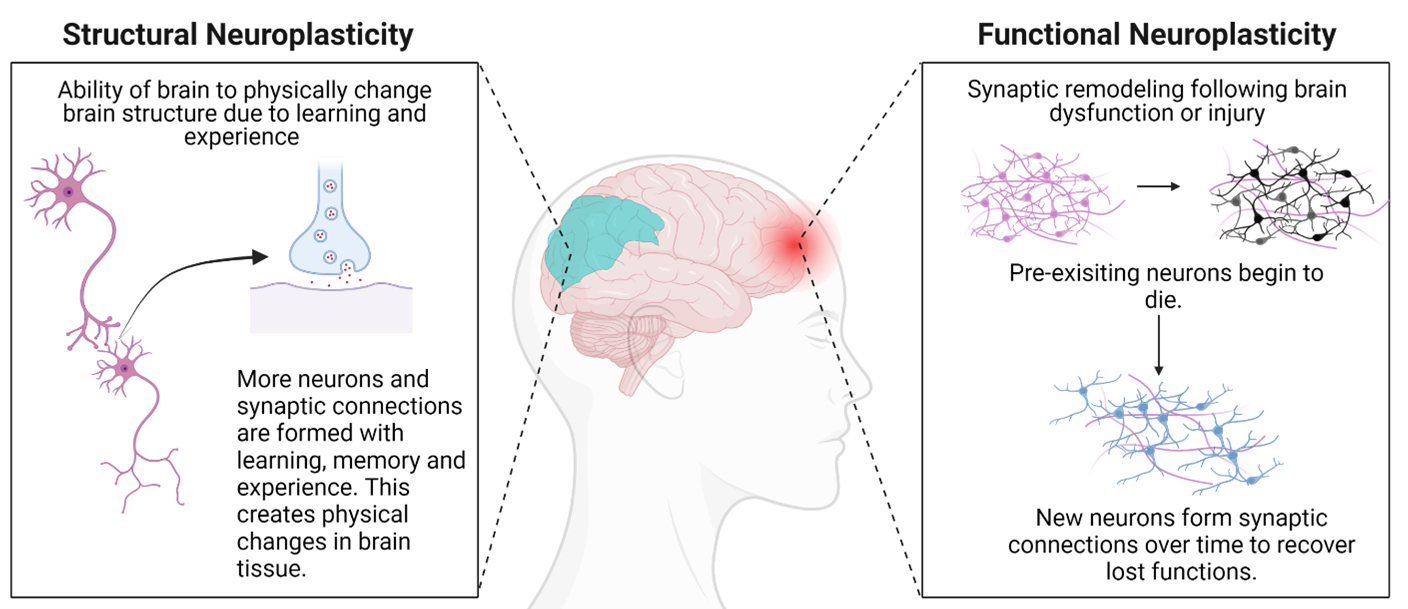

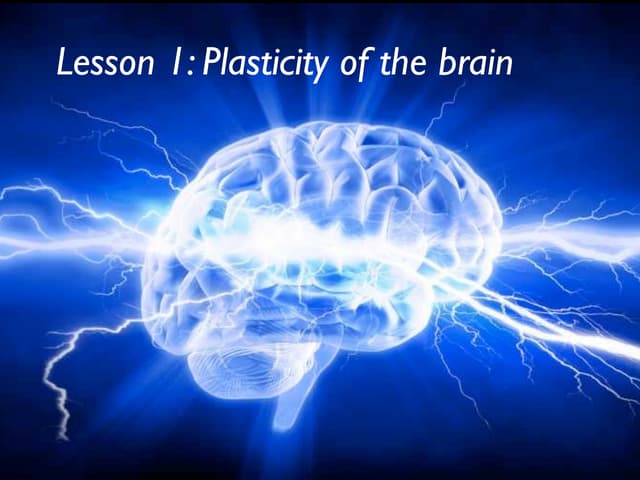


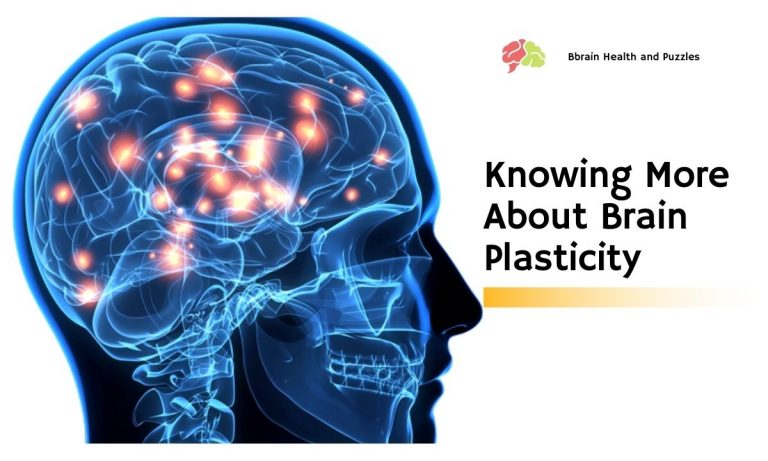

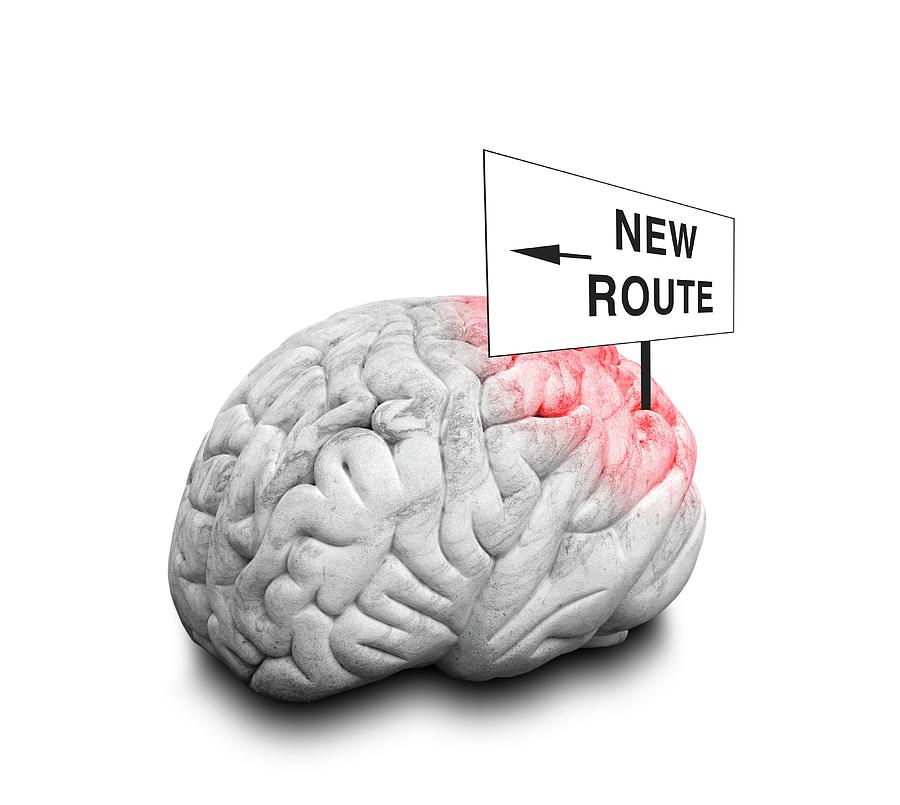
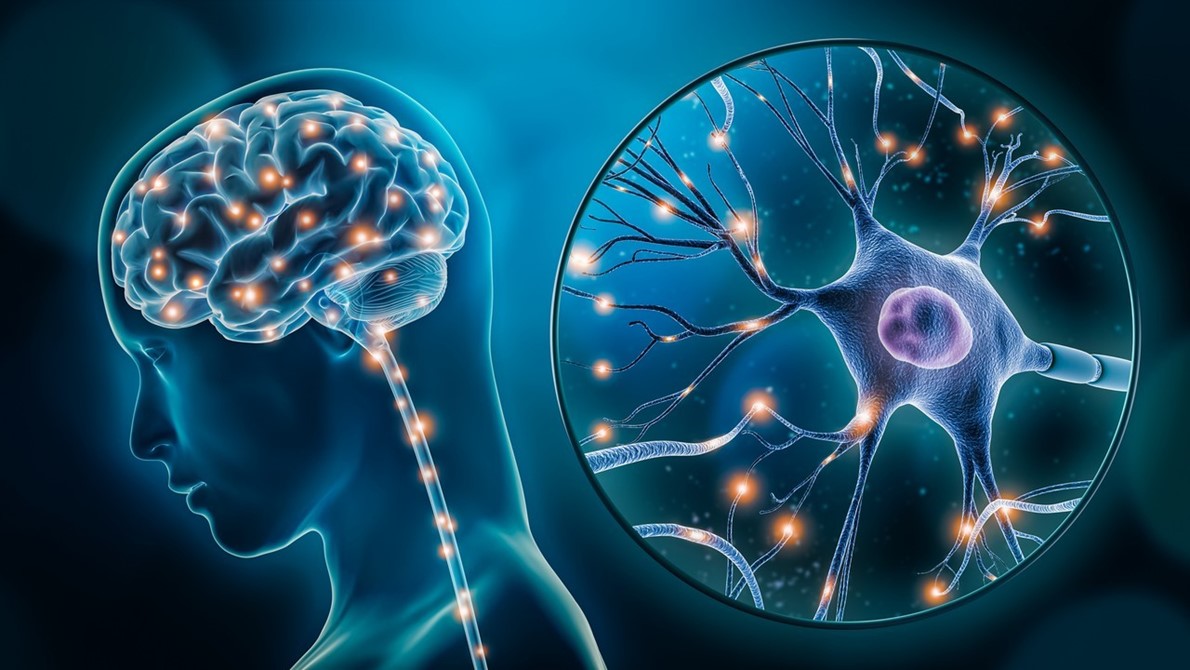


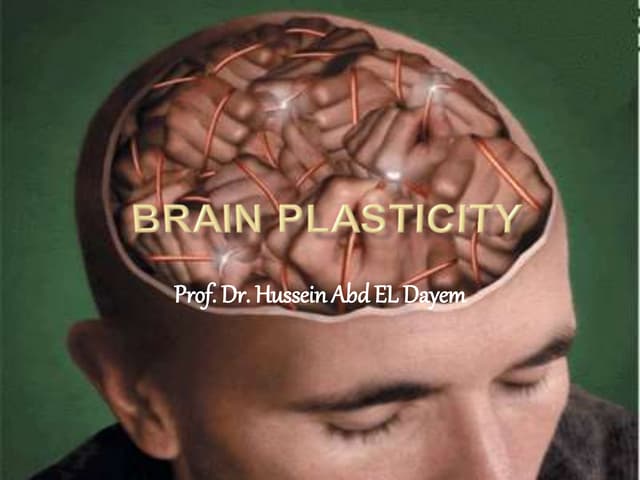
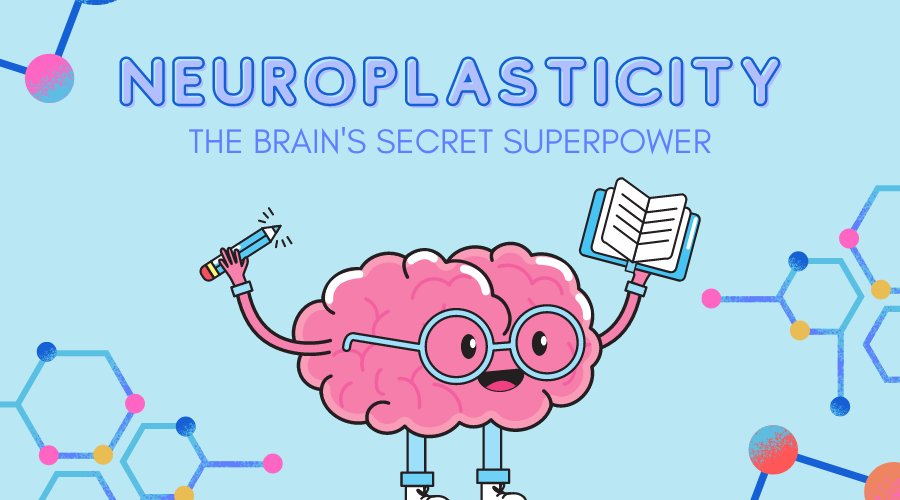
:max_bytes(150000):strip_icc()/what-is-brain-plasticity-2794886-01-cb68ba43ed534fb4b220ff86bf28a0e4.png)
